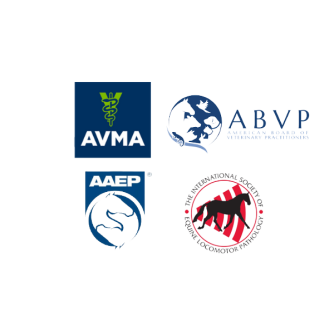Northwest Equine Veterinary Associates

Services
Wellness Care
Maintaining Optimal Wellness
It is important that your horse remain in good body condition and in good general health.
This will help him or her perform well and enjoy a good quality of life. Good preventative care can also help make your horse more resistant to contracting diseases. A comprehensive preventative care plan includes appropriate vaccinations and deworming, regular dental care, and an appropriate nutrition plan. We would like to assist you in providing the best tools and services available for the superb welfare of your horses.
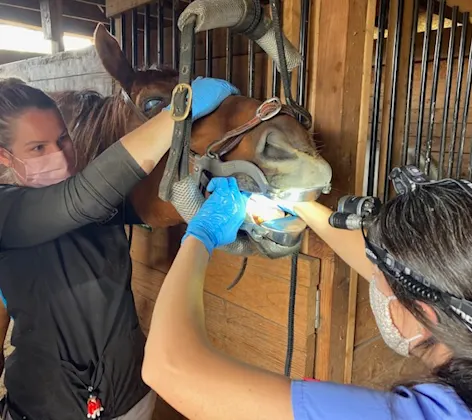
Dentistry
At Northwest Equine Veterinary Associates, we have been especially dedicated to equine dentistry and periodontics for many years.
Learn More

Vaccinations and Deworming
At Northwest Equine Veterinary Associates we will assist you in developing an appropriate and easy to follow vaccination program custom-tailored to your horse's needs.
Learn More
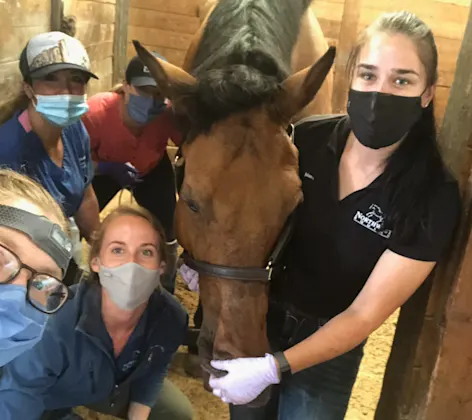
Barn Wellness Package
Our doctors come out to your facility four times per year to give vaccinations, perform dental work, and deworm (if applicable).
Learn More
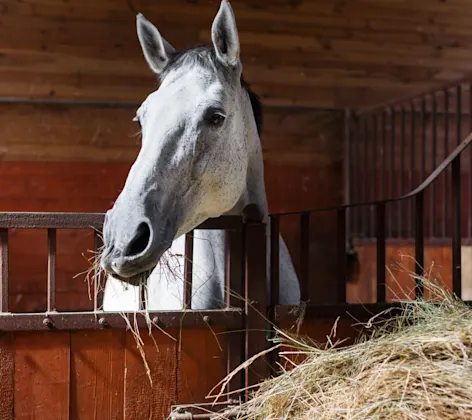
Microchip
Placement of microchips is becoming more common among horse owners to provide a permanent source of identification and proof of ownership.
Learn More
Sports Medicine
Keeping Your Horse Sound
Each lameness exam is different depending on the history, presentation, and physical exam findings of the lame horse. In general, you can expect the veterinarian to palpate the horse’s body and limbs, observe the horse at a walk, trot and canter, perform limb flexions, and perform nerve and/or joint blocks.
Nerve and/or joint blocks help the veterinarian localize the source of lameness more specifically. A small amount of anesthetic is injected around a nerve or into a joint and if the lameness resolves after the anesthetic has numbed the structure, that area is localized as the cause of the lameness. If the lameness is unchanged, additional blocks are then performed to continue the investigation. Nerve blocks are performed from the bottom of the leg and proceed upward to avoid numbing too many structures at one time; this step-wise process helps localize the source of lameness more specifically. Most veterinarians work with a combination of nerve and joint blocks to work up to complex lameness cases, but this can vary depending on the case. A full lameness exam including all the necessary blocks can take from 40 min to up to several hours.
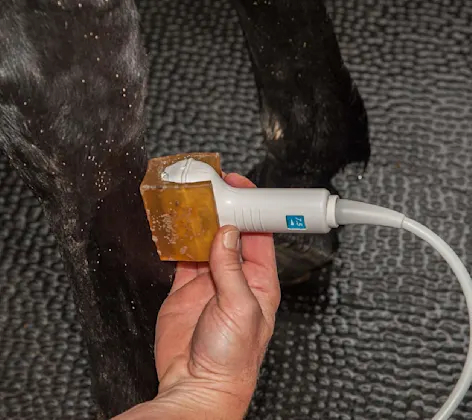
Equine Ultrasound
If your horse requires an ultrasound, it’s important to learn everything you need to know about equine ultrasounds beforehand.
Learn More
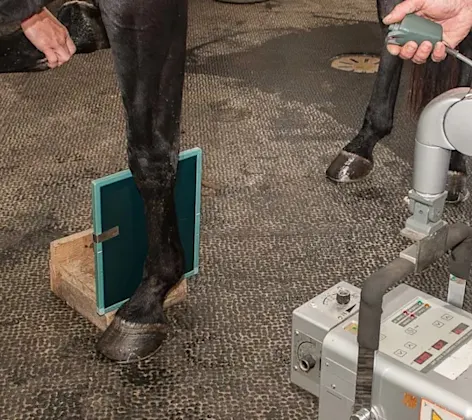
Equine Digital Radiography
Have you ever heard the term “digital radiography?” Do you know what it means if your veterinarian recommends digital radiography as a diagnostic tool for your horse?
Learn More

Pro-Stride APS™
Pro-Stride APS is a proprietary system whose output produces a concentrated solution of cells, platelets, growth factors, and anti-inflammatory proteins (including IL-1ra).
Learn More
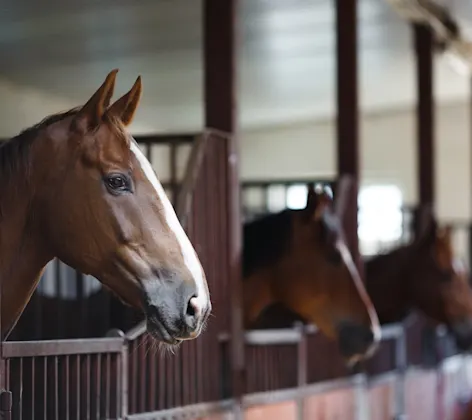
Shockwave Therapy
Extracorporeal Shockwave Therapy (ESWT) is a non-invasive treatment modality that can improve blood flow and speed the healing of many types of orthopedic and soft tissue injuries.
Learn More

IRAP™ Therapy
Interleukin-1 receptor antagonist protein (IRAP) is a potent anti-inflammatory used in the management of osteoarthritis in horses.
Learn More

Platelet Rich Plasma (PRP) Therapy
Platelet-rich plasma (PRP) has been receiving quite a bit of attention in both equine and human sports medicine in recent years.
Learn More

Stem Cell Therapy
In horses, stem cells can be cultured from either adipose (fat) tissue or bone marrow. Stem cells are multipotent cells that have the potential to develop into multiple cell types, such as bone, cartilage, muscle, fat, and others.
Learn More

Pre-Purchase Exams
Buying a horse can involve a large investment of time, money, and emotion. Most horses are not sold with a money-back guarantee and this is why a purchase examination is so important.
Learn More

Alpha2 MacroGlobulin
Learn More
Other Health Services

Endoscopy
Northwest Equine is equipped with a high resolution Tele-View USB video endoscope/gastroscope.
Learn More

Castration
At Northwest Equine Veterinary Associates we provide routine castrations out in the field. Castration is a surgical procedure that removes the testicles from a male horse.
Learn More
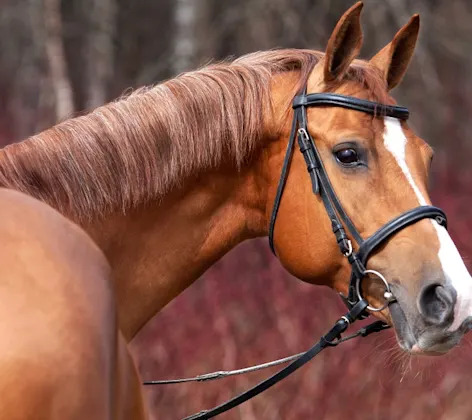
Travel Requirements
There are a few requirements that must be met in order to transport your horse(s) across state and country borders.
Learn More

